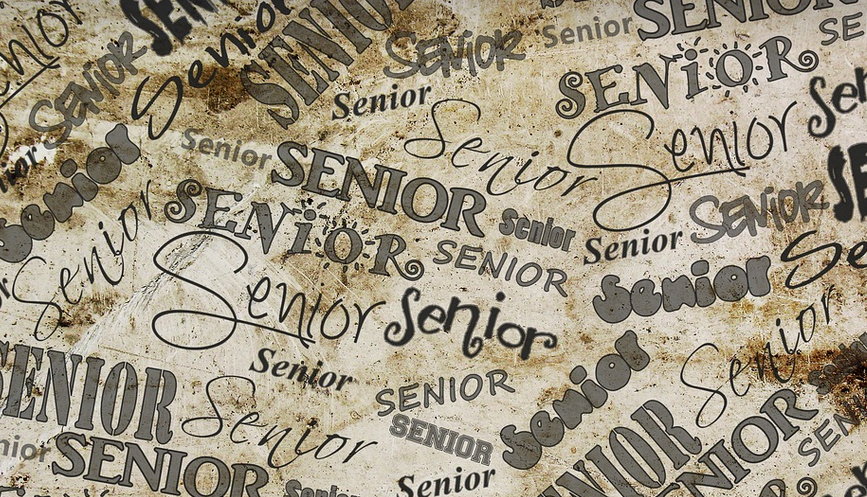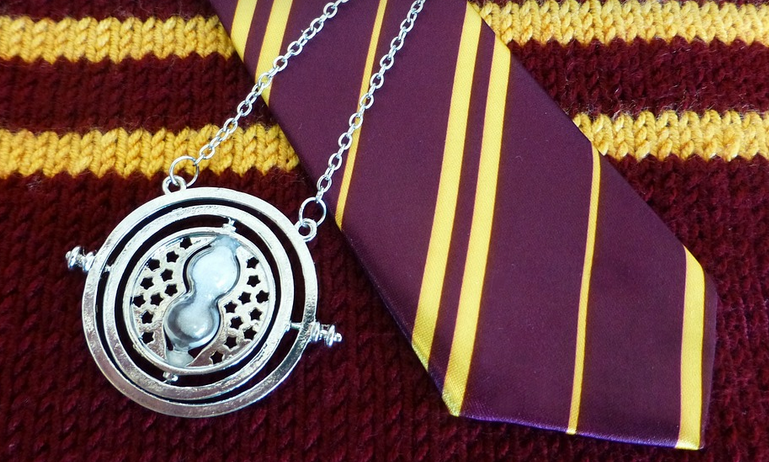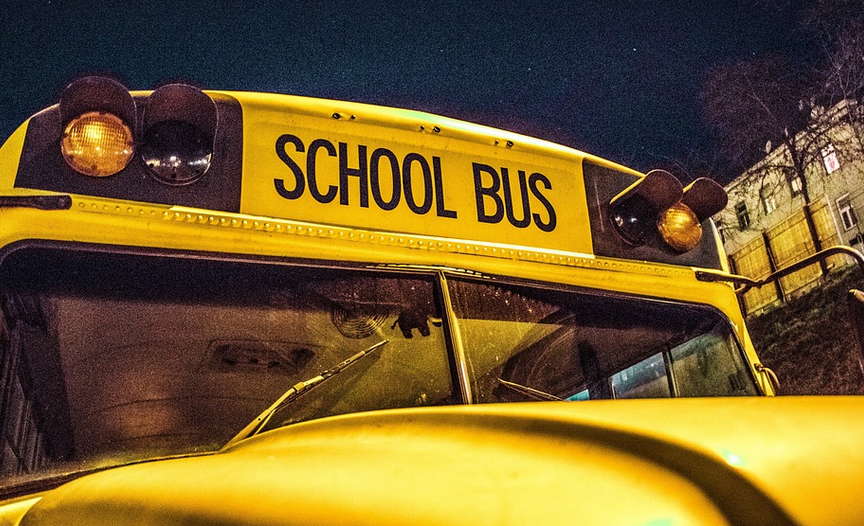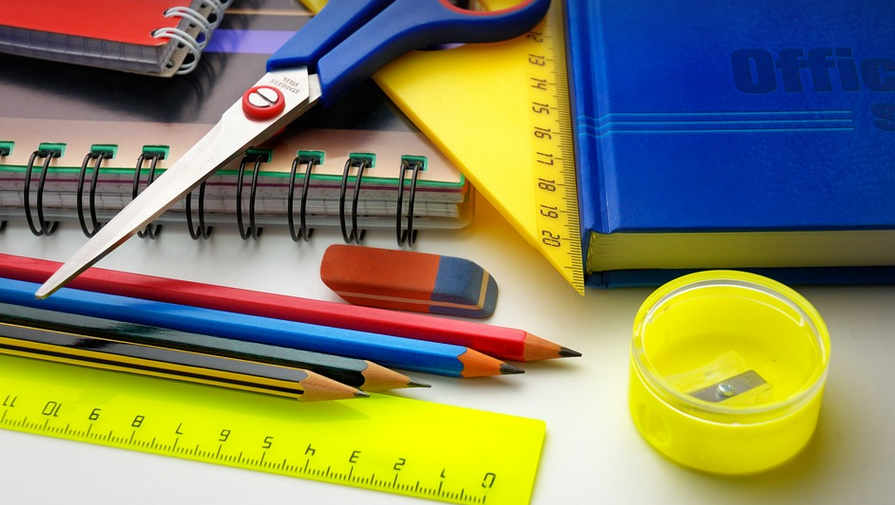
A World Unseen: The Magic of Close-Up Rail Images
Rail macro photography offers a captivating glimpse into the intricate details often overlooked. It’s like peering into the hidden secrets of our world, revealing the beauty and complexity that thrives even amidst the industrial landscape. Imagine capturing the delicate texture of weathered steel rails, or showcasing the intricate machinery beneath the surface—it’s an adventure waiting to unfold.
The beauty lies in the challenge. It requires patience, a steady hand, and perhaps most importantly, a keen eye for detail. But when you conquer these challenges, the rewards are immense. You’ll have captured moments that speak volumes about the world around us – from the raw power of industry to the subtle artistry of engineering.
To embark on this journey into rail macro photography, let’s first delve into understanding what truly makes for a successful shot. It goes beyond simply capturing an image—it’s about capturing the essence of the moment.
**Understanding Your Subject: The Importance of Perspective**
The world of rail is diverse, from bustling train stations to silent industrial tracks. This variety can be both exciting and daunting. The first step towards mastering rail macro photography lies in understanding these different settings. Do you want to focus on the subtle details of a single rivet within a rusted track? Or are you drawn to the dynamism of a bustling train station, capturing the intricate interplay of light and shadow?
Choosing the right perspective is crucial for success. Remember, it’s not about simply focusing on the rails themselves but rather on the story they tell. Are you looking for macro shots that reveal a specific detail or one that captures the entire scene? Consider the type of narrative you wish to portray as your starting point.
**Lighting: Illuminating the Details**
Lighting plays a critical role in rail macro photography, as it’s not just about capturing light but controlling it. The right lighting can elevate your images from mere snapshots to works of art. Think about using natural light if you have access to it – you might find a sunny day with a low-angle sun that provides great depth and contrast for your subject.
If you’re exploring studio settings, you might want to experiment with various lighting setups: using softboxes or reflectors to diffuse harsh shadows and create a more even illumination. Experiment! The key is finding the balance between direct light and shadow, creating an interplay of textures and depth.
**Composition: A Symphony of Visuals**
Composition is the art of arranging elements within your frame, leading the viewer’s eye through your image. It’s about finding that perfect balance – a place where details are highlighted while also emphasizing the overall composition. A good rule to follow is “rule of thirds” or “leading lines”. This allows for a dynamic and engaging scene.
For example, you could use the perspective of a train in motion as a leading line to guide the viewer’s eye onto your subject. Or perhaps, focus on the intricate detail of a single rivet within a larger industrial setting, highlighting its uniqueness against a backdrop of complex machinery.
**Focus: The Secret Weapon**
Achieving sharp images is key in rail macro photography, as even the most minute details are often amplified by using close-up lenses. It’s not just about capturing the image; it’s about capturing its essence. Remember that a single blurry detail can ruin an otherwise fantastic shot!
Focus plays a critical role in achieving sharp images. A macro lens is crucial, and understanding how to use it properly is essential for mastering this art form. Your macro lens will allow you to focus on the smallest details of your subject. Experiment with different focal lengths: sometimes a wider shot can show the entire scene beautifully, while others might require a tight macro shot to highlight the intricacies of detail.
**Gear Up: The Essentials for Success**
Mastering rail macro photography requires a specific kind of gear. You’ll want a camera that allows you to capture high-resolution images and has manual controls. A DSLR or mirrorless camera is often the best choice for these types of shoots.
Focus on these essentials:
– **Macro lens:** A dedicated macro lens will allow you to zoom in incredibly close to your subjects, capturing intricate details that would otherwise remain hidden.
– **Tripod:** Stability is key for detailed shots. A sturdy tripod will help keep your camera steady and prevent blur from shaking hands.
– **Remote shutter release:** This handy device lets you trigger the shutter without touching the camera, minimizing vibrations and ensuring sharp images.
– **Lighting equipment (optional):** You may choose to invest in softboxes or reflectors for controlled lighting, especially when shooting in challenging environments.
– **Lens Hood:** This accessory helps reduce lens flare, keeping your images clean and free of distracting light reflections.
**Post-processing: The Finishing Touch**
Mastering rail macro photography is not just about capturing the perfect shot in real time. Post-processing can take your already beautiful photos to the next level. It’s not just about adding filters; it’s about bringing out the hidden beauty and artistry of your photographs.
Use software like Adobe Photoshop or Lightroom to adjust image sharpness, contrast, color, and saturation. Consider using tools that mimic a vintage film aesthetic for a more artistic and timeless feel. Experimentation and creativity are key—be bold with your post-processing techniques, don’t be afraid to try new things to achieve the desired look.
**Capturing the Moment: Tips and Tricks**
As you venture into rail macro photography, here are some pro tips that can elevate your game:
– **Location scout:** Spend time exploring different places. Find those hidden gems that offer unique perspectives and interesting subjects to capture.
– **Experiment with angles:** Don’t be afraid to try new angles. This will not only help you achieve visually interesting shots but also reveal the beauty of the world around us in a way that was never before imagined.
Rail macro photography offers a unique and rewarding experience, allowing you to uncover the hidden story within seemingly ordinary objects. Remember that taking the time to understand your surroundings, to experiment with lighting and composition, and to embrace the challenges of mastering macro techniques—all these elements contribute to achieving truly stunning results.




